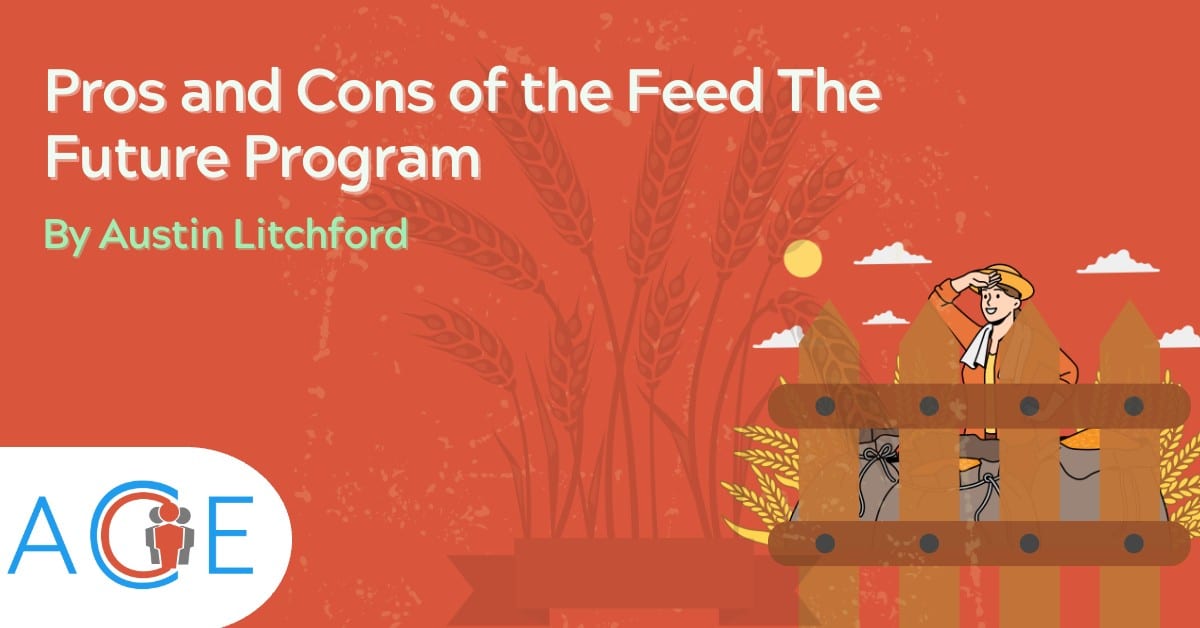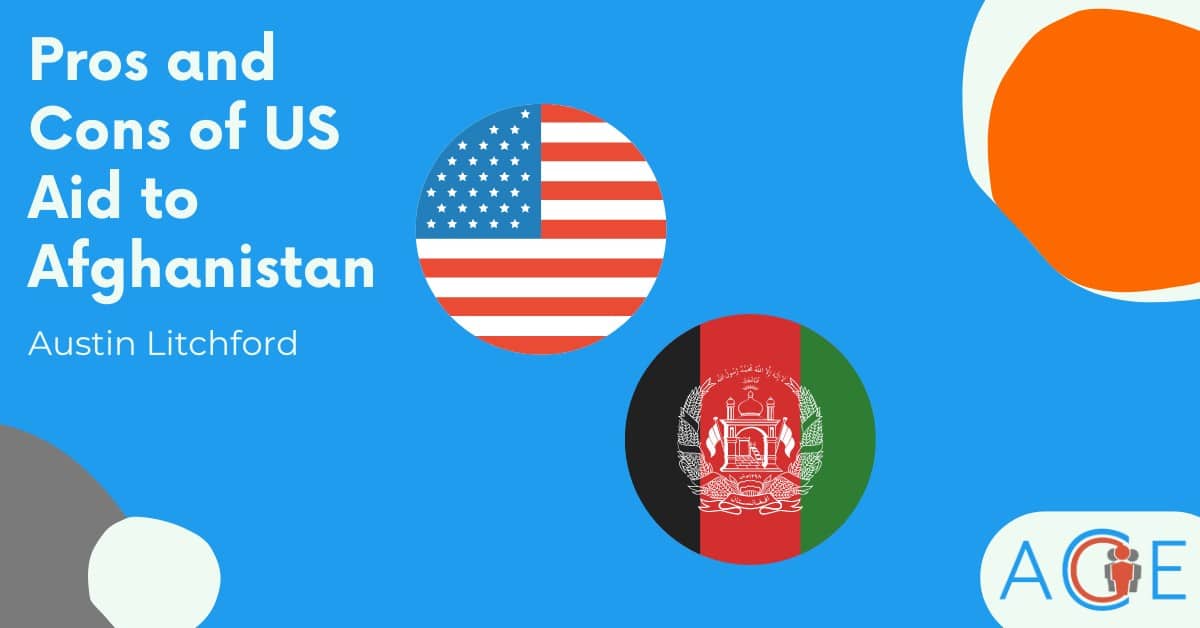Introduction
For several decades, the United States has led the global fight to eradicate world hunger. Since the early twentieth century, food aid has served as a component of U.S. foreign policy. From President Truman’s Marshall Plan to help rebuild Europe after World War II to President Obama’s Feed the Future program to help developing countries generate agricultural sustainability, the United States has continuously provided international food assistance. This assistance costs an estimated $4 billion per year.
Background
The Feed the Future program is an United States’ initiative to combat world hunger. Led by the U.S. Agency for International Development (USAID), and created by the Obama Administration in 2010 in response to the 2007-2008 global food crisis, the initiative “works hand-in-hand with partner countries to develop their agriculture sectors, resilience, nutrition, and break the vicious cycle of poverty and hunger.” Feed the Future partners with various companies, organizations, governments, and individuals to help farmers obtain and maintain higher productivity levels and seeks partner countries committed to investing in their food security and nutrition. The program originally targeted 19 countries, however; as of 2022, the program has expanded to 27 countries. The program claims it is successful in its goals; however, critics have pointed to the lack of monitoring and a lack of cooperation with local farmers.
The Success of the Program
According to Feed the Future’s measurements, the program succeeded in achieving its goals. As of 2020, the Feed the Future program lifted 23.4 million people out of poverty, prevented 3.4 million children from stunting, reduced hunger in 5.2 million families, and, between 2011 and 2021, the program generated $17.9 billion in agricultural sales to help farmers. The program also succeeded in non-food-related areas, especially in the field of female economic empowerment. So far, the program has given 2.6 million more women access to credit, unlocked over $630 million in loans for women, given 3.3 million more women reasonable workloads, and has helped 3.7 million more women have input in farming decisions. Hunger can significantly impact health outcomes. According to the National Library of Medicine, chronic undernutrition “retards linear growth,” otherwise known as stunting. “Inadequate nutrition over a short period of time” results in wasting, or the condition of being underweight.
The program also produced positive results when examining outcomes in individual countries. A 2020 report from Feed the Future recorded their progress between 2010 and 2020 in Ethiopia, Bangladesh, Zambia, Rwanda, and Tajikistan. The report found that since the implementation of Feed the Future:
- Bangladesh, Ethiopia, Zambia, and Rwanda experienced poverty reduction,
- Bangladesh, Ethiopia, and Zambia experienced a decline in hunger,
- and Ethiopia, Zambia, and Tajikistan reduced child stunting.
A 2019 study from Stanford found that the Feed the Future program gave positive results for children under five years old in Sub-Saharan Africa compared to countries without this program. The study found that these countries benefited from the program with a 3.9% comparative decline in child stunting, a 1.1% decline in wasting, and a 2.1% greater decline in underweight children compared to countries without the Feed the Future program. These decreases translate to “around two million fewer stunted and underweight children aged less than five years and around a half million fewer children with wasting.” However, another article from Stanford suggests that the original study did not use a control group, nor did they account for any bias. Therefore, according to the article, it is possible that the Feed the Future program did not solely achieve these results.
Monitoring and Inclusion in Feed the Future
The Stanford article suggests one documented issue with the Feed the Future program: its lack of monitoring. In May 2023, The Government Accountability Office (GAO) sent a letter with recommendations for the Feed the Future program. The letter stated that the program lacks adequate monitoring of its programs and is limited in its ability to use performance data to assess the initiative because they have not set wide-performance goals. The GAO recommended that the Feed the Future program implement wide-performance goals to “determine how the results of Feed the Future’s projects contribute to this overarching goal.” According to the GAO, the Feed the Future program has failed to implement its recommendations as of 2023.
Another documented issue with the program is the program’s lack of collaboration with local farmers. Researchers have found that the program is restrictive in what it allows farmers to grow. If farmers in the partner countries want to switch from the provided crops, they will not receive any help or guidance from the program. Additionally, the program focuses more on value chain development and small shareholder farms. The focus on value chain development and small shareholder farms leaves out the local landless farmers and those in acute poverty. Researchers recommend that the program target more of the marginalized groups who are at more risk of food insecurity.


